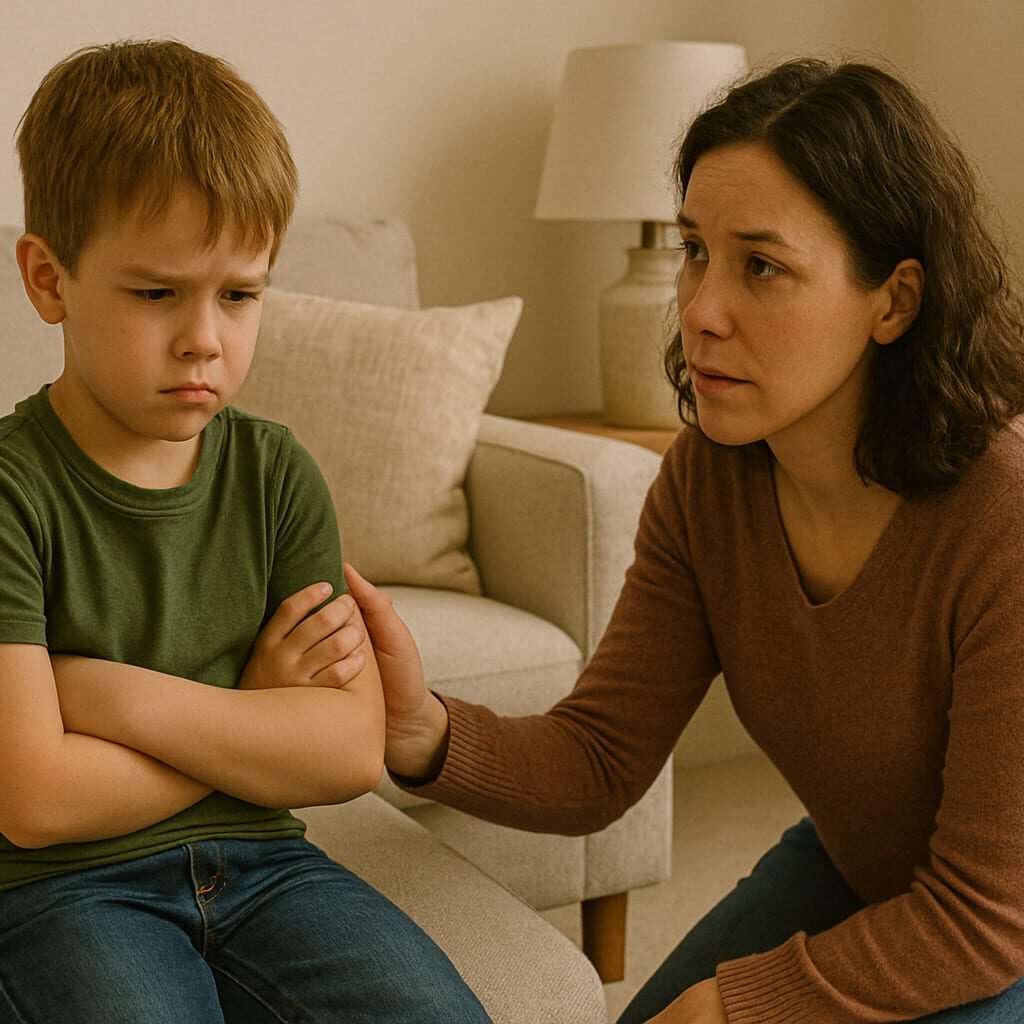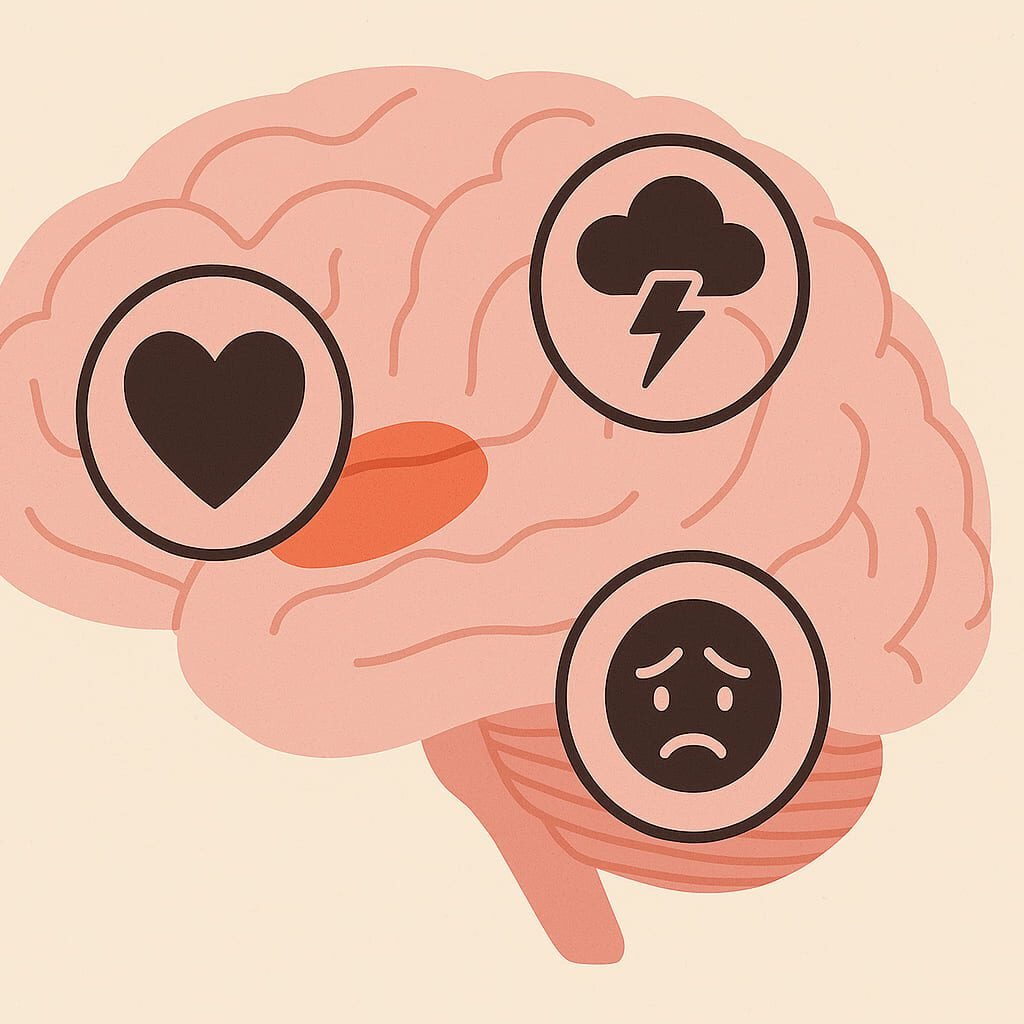It can be heartbreaking and confusing to watch your child struggle with big emotions. A sudden tantrum, emotional withdrawal, or prolonged crying may leave you feeling helpless. But these intense reactions are often not misbehavior. They may be signs of emotional dysregulation, a common yet overlooked challenge in childhood development.
Understanding emotional dysregulation in children is essential for every caregiver. With empathy and evidence-based strategies, it is possible to nurture emotional balance—and build a foundation for lifelong resilience.
What Is Emotional Dysregulation?
Emotional dysregulation refers to a child’s difficulty in managing emotional responses to everyday stressors. This might look like:
- Frequent meltdowns over seemingly small issues
- Trouble calming down once upset
- Emotional outbursts that seem sudden or intense
- Prolonged sadness, irritability, or mood swings
According to the Centers for Disease Control and Prevention, behavior and emotional regulation disorders affect more than 7% of children in the United States, often emerging in early school years. These behaviors are not about attention-seeking or lack of discipline—they are often signs that a child’s emotional system is overwhelmed and under-supported.
Why Emotional Regulation Matters for Child Development
Children who cannot regulate emotions struggle to maintain friendships, succeed in school, and feel secure in their own skin. Over time, emotional dysregulation can increase the risk of:
- Anxiety or depression
- Self-harm or risky behaviors in adolescence
- Social isolation or rejection
- Difficulties with attachment and trust
As noted by Harvard Health, a child learns emotional self-regulation not in isolation, but through co-regulation—the calming, safe presence of an attuned adult.
What Causes Emotional Dysregulation in Children?
Emotional dysregulation is not caused by one factor alone. It is often the result of several interacting influences:
1. Neurological Differences
Children with neurodevelopmental conditions such as ADHD or autism may find it harder to regulate emotional reactions. These children often feel stimuli more intensely and may have reduced impulse control or slower recovery from emotional stress. OHSU notes that for many of these children, dysregulation is a core, persistent feature rather than a side effect.
2. Early Adverse Experiences
Trauma, neglect, or chronic stress in early childhood can disrupt the development of the brain regions responsible for emotion regulation. This can make a child more reactive or fearful, even in safe situations. For deeper insight into this dynamic, explore Parenting With Childhood Trauma: Breaking the Cycle, which provides tools for understanding emotional inheritance and healing.
3. Delayed Social-Emotional Development
Some children simply take longer to learn how to manage feelings, especially if they have not been taught how to identify emotions, use calming tools, or express themselves safely.

Signs of Emotional Dysregulation in Children
Every child will occasionally have emotional outbursts. However, persistent patterns may indicate a deeper challenge. Common signs include:
- Explosive anger or aggression over small frustrations
- Inability to “bounce back” after distress
- Difficulty expressing or identifying feelings
- Frequent crying, shutting down, or yelling
- Trouble engaging in play or school when upset
As Wikipedia’s summary on emotional dysregulation explains, these patterns often interfere with a child’s ability to function across environments—home, school, and social settings.
How Parents Can Help Children Regulate Emotions
Understanding emotional dysregulation is the first step. Supporting your child through it comes next.
1. Create a Calm, Predictable Environment
Children feel safer when routines are steady and transitions are gentle. Use visual schedules, consistent bedtimes, and clear expectations to lower emotional stress.
2. Teach Emotional Literacy
Labeling emotions helps children understand what they feel and why. Try using statements like, “It looks like you are feeling really frustrated. I am here with you.” Over time, this builds internal tools for self-understanding.
3. Practice Co-Regulation
As emphasized by Harvard Health, children learn to regulate by being soothed and supported by calm adults. Use slow breathing, a quiet tone, and physical proximity to model emotional containment.
4. Offer Regulation Tools
Create a “calm corner” with sensory toys, fidget items, picture books, or soothing music. Encourage the use of deep breathing, stretching, or journaling as ways to release emotional tension.
5. Seek Professional Guidance When Needed
If your child’s dysregulation is intense, prolonged, or impairing, a mental health professional can offer evaluation and support. Treatments like cognitive-behavioral therapy, play therapy, or parent-child interaction therapy (PCIT) have been shown to help. As explained by OHSU, professional interventions are most effective when they involve parents directly.
When Emotional Dysregulation Is a Symptom of Something More
In some cases, severe dysregulation may be linked to a diagnosable condition such as:
- ADHD
- Autism Spectrum Disorder
- Anxiety or mood disorders
- Sensory processing disorder
- Disruptive Mood Dysregulation Disorder (DMDD)
Explore Secure Attachment: What Every Parent Should Know to understand how your relationship with your child can serve as the foundation for emotional resilience, no matter the diagnosis.

The Long-Term Impact of Emotional Regulation
Helping your child build emotional regulation is not only about reducing meltdowns—it is about protecting mental health, improving social connection, and building a stronger parent-child bond.
Children who learn to regulate emotions:
- experience fewer internalizing and externalizing disorders
- have stronger peer relationships
- feel more secure in themselves
- are better able to adapt to life’s changes
These are not quick fixes. They are long-term investments that begin with compassion, patience, and informed parenting.

Final Thoughts: You Are Not Alone
No parent is born knowing how to support a dysregulated child. But every parent has the power to learn. Your willingness to pause, observe, and respond with empathy can change your child’s emotional future. As you support your child in learning to feel and cope, you might also begin healing parts of your own emotional story.
You are not failing. You are learning. And your child is, too.


Add a Comment